Insights & Resources
The latest news, insights, resources, & events.
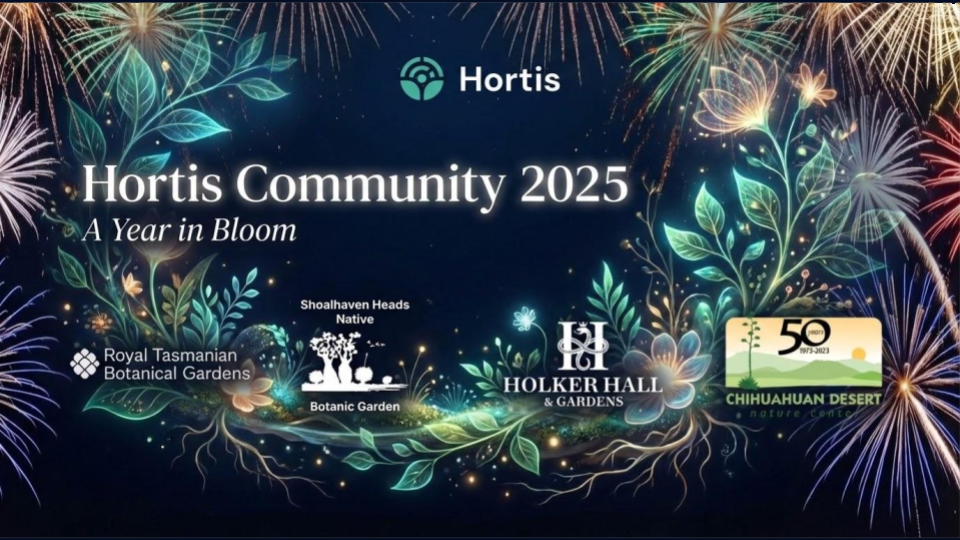
Hortis Community 2025: A Year in Bloom
A year of growth, collaboration, and shared learning. Join us as we reflect on the Hortis Community 2025 webinar, featuring stories from gardens across three continents and the lessons shaping the year ahead.


Garden of the Month – December 2025: Botanischer Garten Marburg
December’s Garden of the Month brings us to Marburg, where the city’s centuries-old botanical garden, now settled in the Lahn Hills, is steadily reshaping nearly fifty years of records for the future.

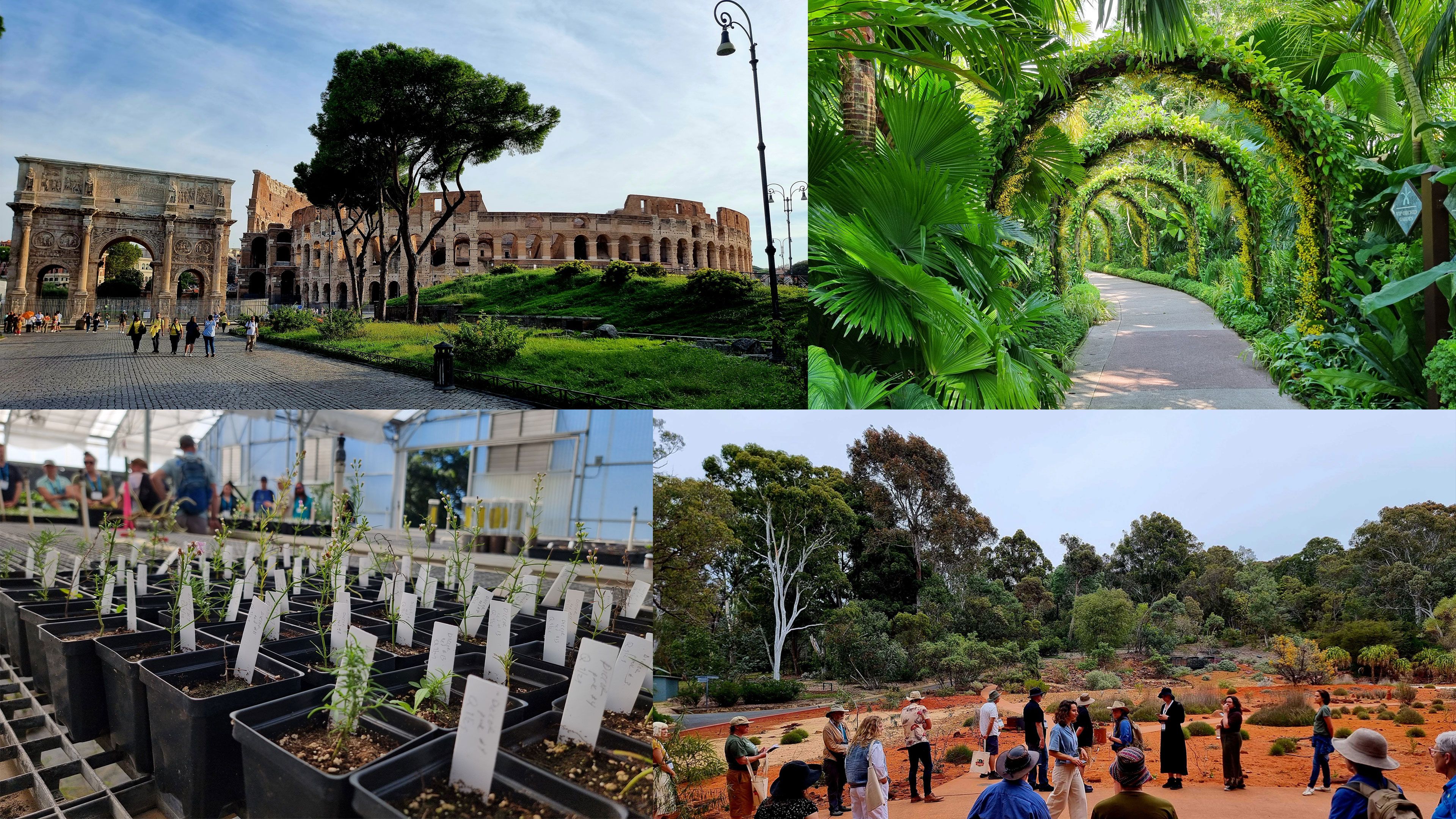
Data, Community, and Conservation: Lessons from Three Continents
From Rome to Tampa to Canberra, this autumn's conference tour across three continents reinforced a critical truth for botanic gardens: the foundation of all meaningful conservation work is reliable plant collection data. Read about the key themes, unexpected visits, and celebrated community progress across the global garden network.

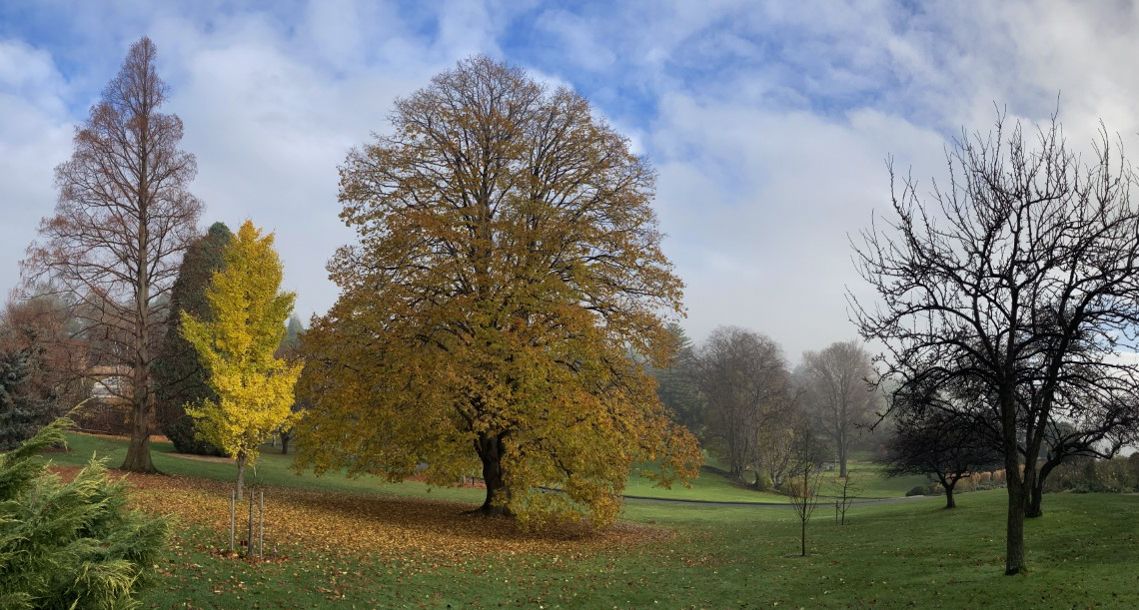
Garden of the Month – November 2025: Royal Tasmanian Botanical Gardens
This month’s spotlight falls on the Royal Tasmanian Botanical Gardens in Hobart, where over 200 years of horticultural history continue to grow into something new.
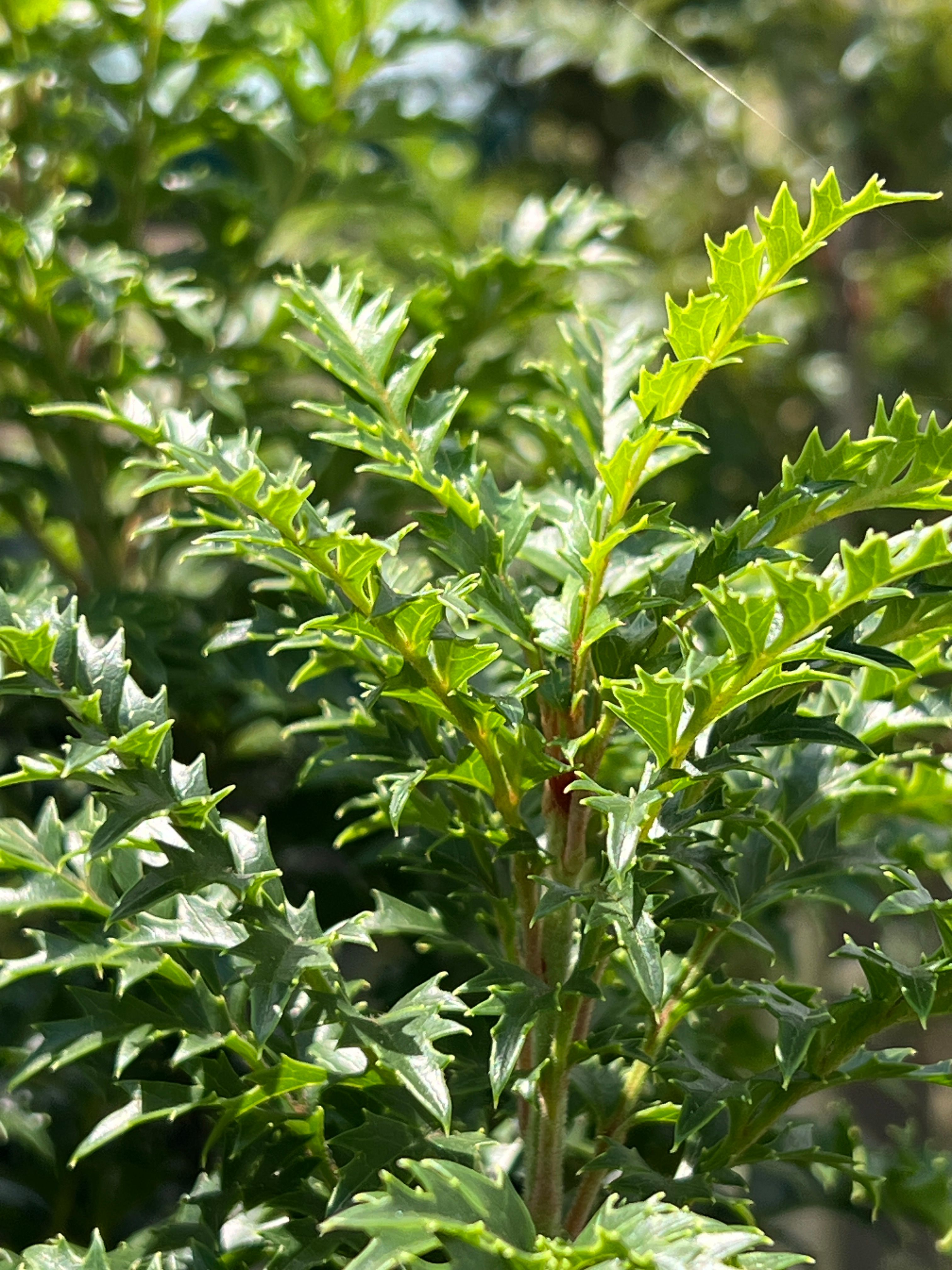

Garden of the Month – October 2025: Holker Hall
We’re continuing our Garden of the Month series with a feature on Holker Hall, a historic estate in Cumbria where a small but dedicated team is tackling one of the biggest challenges a garden can face: rebuilding its plant records.


Botanists Over Bulldozers: Reaching New Heights at the American Public Garden Association 2025 Conference
From the world's highest botanical garden in the Rocky Mountains to groundbreaking conservation collaborations, our journey to Denver's APGA 2025 Conference revealed how public gardens are tackling climate challenges through partnership and innovation. Discover why choosing botanists over bulldozers might just save Florida billions, and how small collections are finding their voice in global conservation efforts.


Hortis and BGANZ announce strategic partnership to advance botanical record-keeping across Australia and Aotearoa New Zealand
Hortis and BGANZ have renewed their strategic partnership to advance plant conservation through improved record-keeping across the region. The collaboration aims to empower botanic gardens with accessible tools for managing plant data, supporting biodiversity, and promoting best practices. Special incentives for BGANZ members highlight a shared commitment to protecting plant life for future generations.


Garden of the Month – May 2025: Chihuahuan Desert Research Institute
We’re thrilled to kick off our new Garden of the Month series with a spotlight on the Chihuahuan Desert Nature Center & Botanical Gardens. Nestled in the high-desert foothills of West Texas, this remarkable garden blends breathtaking landscapes with decades of dedication to plant conservation and education. Learn how CDRI is embracing digital curation and setting a powerful example of how gardens can evolve while staying rooted in their mission.


Celebrating BGANZ Botanic Gardens Week
As we celebrate Australian Botanic Garden Week with BGANZ, we reflect on our journey with this incredible community—from early partnerships and beta testing to supporting over 30 gardens across Australia today. Discover how regional botanic gardens are driving conservation forward and watch the first story in our new Conservation Stories series.

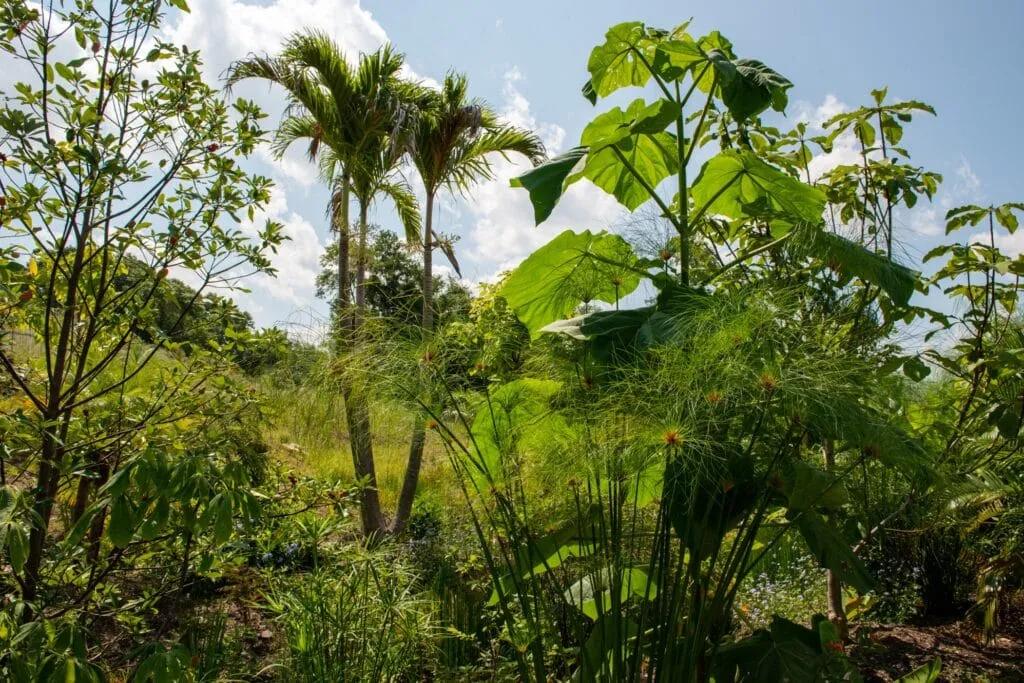
What is Planted, Where It Is, and Why It Matters: Pittsburgh Zoo and Aquarium Embraces Hortis
With Hortis, the Pittsburgh Zoo & Aquarium is bringing clarity to its botanical records: what’s planted, where it is, and why it matters.


Newsletter: April 2025
From our early beta testers to 150+ gardens across six continents, your trust has made Hortis what it is today. Read about our journey, our mission, and what’s next for supporting plant conservation—together.


Newsletter: March 2025
Data gaps hinder plant conservation! Our March newsletter tackles this, addressing challenges highlighted in a Nature Ecology & Evolution study. Discover Hortis's new improved observations feature, streamlining record-keeping. Plus, a rare tree rescue story and insights from zoo plant data experts. Dive in!


Hortis Supports a Species on the Brink of Extinction
When a critically endangered tree species was found fruiting in an Australian botanic garden, accurate and accessible plant records enabled swift conservation action. Learn how this discovery sparked a collaborative effort to help save Syzygium glenum—a species with fewer than a dozen mature individuals left in the wild—from disappearing forever.


A New Era for Zoo Horticulture?
In this article, we’ll highlight the key takeaways that were shared by Suzie and Joe and explore the broader role of horticulture in zoos and aquariums, emphasizing its growing importance in animal care, education, and conservation.


Newsletter: February 2025
This month, we’re excited to announce a significant update that gives Hortis users even greater flexibility in recording unstructured information.


Tips to revitalize your plant collection data
Accurate plant records are the backbone of every botanic garden, yet many institutions struggle with incomplete or outdated data. How can you tackle this challenge and transform your collection management?


Newsletter: January 2025
From new QR code support to insights from our user survey, discover the latest Hortis updates and key takeaways from our recent visits and events.


Newsletter: November 2024
November brought exciting updates to Hortis! Discover the new simplified accession flow, enhancements, and inspiring success stories.


Did You Hear That Pin Drop? Improving the Efficiency and Accessibility of Plant Collections Management
Managing 44,000 plants across 3,000 species was no small feat for the Indianapolis Zoo, but adopting Hortis in 2024 transformed their approach. It has helped them streamline data management, improved collaboration, and opened new opportunities to enhance plant conservation and visitor engagement.


From Root Ball to Cloud
The Muiderslot Castle’s centuries-old gardens are home to rare, historic plants, carefully cultivated since the seventeenth century. With a desire to preserve this “living heritage,” garden director Henk Boers and his team have embarked on a journey to digitally document every plant in the collection. Through the “From Root Ball to Cloud” project, the team has adopted innovative botanical software to protect and share this unique legacy, blending tradition with modern technology to enhance the visitor experience and connect future generations to the past.


Newsletter: October 2024
Introducing the latest in Hortis' commitment to enhancing efficiency and accuracy: an update designed to make accessioning new plant material faster and simpler than ever.


December 2024 Events
Don’t miss the chance to register for our Hortis Workshop in Amsterdam upcoming on December 11th or the webinar on December 3rd! Looking forward to seeing you there!

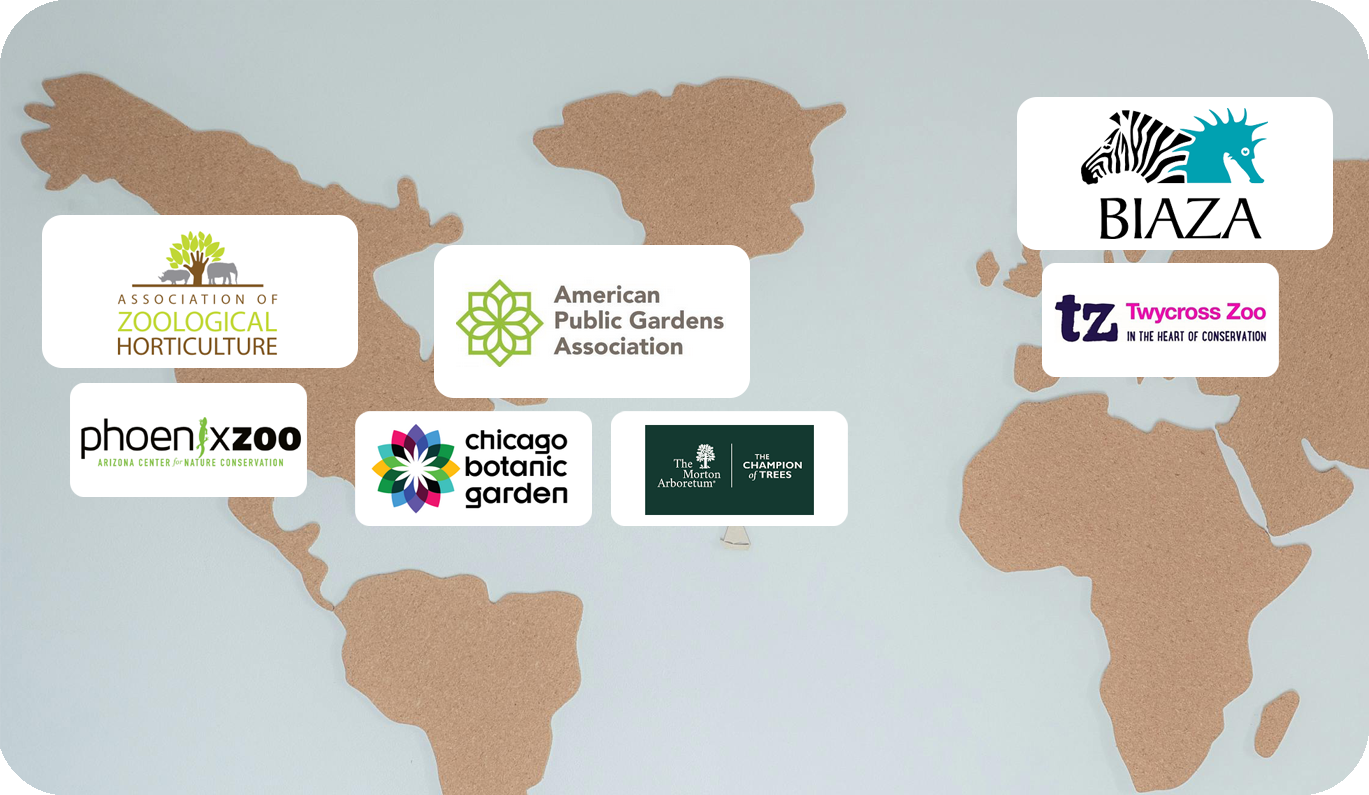
Highlights from the APGA Symposium, AZH Conference and BIAZA Meeting
Read about our key takeaways from APGA Plant Collection Symposium, the AZH annual conference and BIAZA Records Group Meeting.


Newsletter: August 2024
Highlights for August include fields for collectors and plant material sex. You can also recap our inspiring time at the 8th Global Botanic Gardens Congress in Singapore. Plus, a new upcoming mapping feature that will allow you to draw bed locations directly on your map!


The 8th Global Botanic Garden Congress
Amongst a treasure trove of fresh ideas and inspiration on how we can collectively reduce the loss of plant biodiversity, we reconnected with old friends and made new relationships. Kudos to the organizers, Singapore Botanic Gardens and Botanic Gardens Conservation International, for making the congress such a memorable experience.


Maximize Your Zoo's Impact with Hortis: A Webinar Celebrating Your Success Stories!
Are you interested in improving your plant records and visitor engagement? If so, you were in great company at our recent webinar! We also have exciting news: we’ve extended our special subscription offer exclusively for Species360 members. Read on to discover how simple it is to embark on your plant records journey today!


Newsletter: July 2024
July has been an eventful month at Hortis, packed with new features to help you save more time when record-keeping. Read about July’s highlights below, including our recent webinar held for the zoo community looking to start their plant records journey.


From oaks to aviaries: How Micke Grove Zoo’s plant records have grown with Hortis
As we continue celebrating the stories of our diverse users, we delve into the world of zoo horticulture at Micke Grove Zoo, a charming haven located within the picturesque Micke Grove Park in California. Dr Avanti Mallapur, Zoo Curator, shares her insights and experiences on how Hortis has helped their approach to plant management and conservation.


Engaging with American Botanic Gardens and European Zoos
Video calls have made it much easier for us to stay connected with the community, but nothing beats in-person interaction. In late June, we had two great opportunities to engage directly with the botanic garden and zoo community about their challenges and gain more insight into how technological innovation might help us address some of these problems.


Share your collection online now: June 2024 Highlights
The standout feature of the month was the introduction of Public Sites, a powerful tool that allows you to share your collection online. In addition to Public Sites, new batch actions and user filters have been added to help you manage your data. Updated pricing plans are unveiled, and we are back from another successful annual conference with the American Public Gardens Association (APGA). Read more about June’s highlights below.


Thriving through change: How Hortis has helped our plant records at Hertfordshire Zoo
In the latest entry of our blog series, we hear about the journey at Hertfordshire Zoo, a family-run institution nestled in the scenic Broxbourne Woods of Hertfordshire, UK. Matt Berridge, Deputy Head Gardener, shares his story.


Newsletter: May 2024
In May, we added some more batch actions to help you make changes to multiple records. We also opened up early access to “Public Sites” and will make the ability to share your collection with visitors available to more users in June. Read more about this month’s highlights below.


Webinar: Sharing Your Garden's Collection with Public Sites
Are you eager to maximize your garden's impact by making your plant records public? In our last webinar, we delved into the potential of showcasing your garden's collection. If you missed our session, here are some key takeaways.


Newsletter: April 2024
As we stride into May, we continue to respond to your feedback and feature requests. April’s highlight was the Actions Menu. Designed to help streamline your data management, this feature allows you to take swift and precise actions on your records with just a few clicks or taps. Read more about how it can help your day-to-day recordkeeping workflows.You can also sign up to our next webinar about sharing your plant collection with the public. If you requested early access to public sites, then stay tuned for more details soon!


Newsletter: March 2024
As we step out of March, we are delighted to share the exciting news of our new partnership with Botanic Gardens Conservation International (BGCI) to help global botanical gardens protect plant diversity. This year, we also celebrate a significant milestone at Species360: the 50th anniversary of supporting global wildlife conservation through record-keeping and science initiatives. Behind the scenes, we are working on some major features, such as the ability to share your collection with the public. Read more about this month’s highlights and how to get early access to your public site.


Webinar: A New Dawn for Plant Records at Zoos and Aquariums
As well as being a beautiful backdrop in the zoo, plants play a vital role in creating natural enclosures, participating in educational programs, supporting animal nutrition and enrichment, and contributing to species conservation efforts. Zoos and aquariums often face challenges when it comes to botanical record-keeping, normally caused by inadequate record-keeping tools and a lack of resources.


Newsletter: February 2024
Building on the recent release of the shared taxonomic backbone, we have added factual data to help you with additional details about your taxa, drastically reducing the time required for you to source this information from external sources. From natural distribution to IUCN Red List status, you can more easily look at the impact of your collection.


Threatened Plant Species: Stories of 9 species you may find in a botanic garden near you
Plants serve as the foundation, sustaining ecosystems and life itself. Despite their pivotal role, many plant species face extinction, threatening the balance of entire ecosystems. In this critical era, plant conservation is paramount, yet often overshadowed by other environmental concerns. However, the urgency to conserve threatened plant species is undeniable, driven by habitat destruction, climate change, and other human activities.


Newsletter: January 2024
Maintaining a high standard of data quality in plant records is a difficult challenge for many. This is why we’re continuously working to improve this situation for you and your team. Throughout January, we introduced several features to help refine your data quality and get the most out of it. We also added a new feedback submission feature and a support article to guide you through cleaning up your scientific names. Below you will find more about how January’s highlights can help you manage your collection, including a guest blog from Wave Hill.

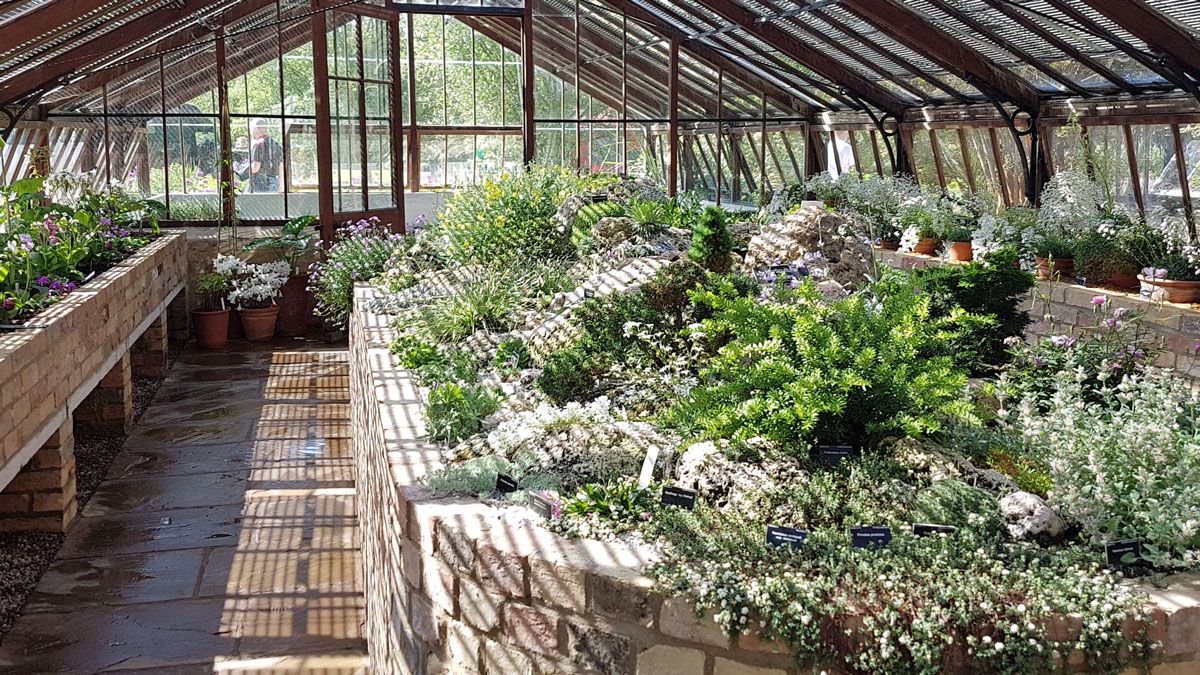
Plant Taxonomy in Botanic Gardens
Humans have been occupied by the desire to understand our natural environment since ancient times, spurring many discoveries and new disciplines. One such discipline is the biological classification of plants, also known as plant systematics or plant taxonomy.

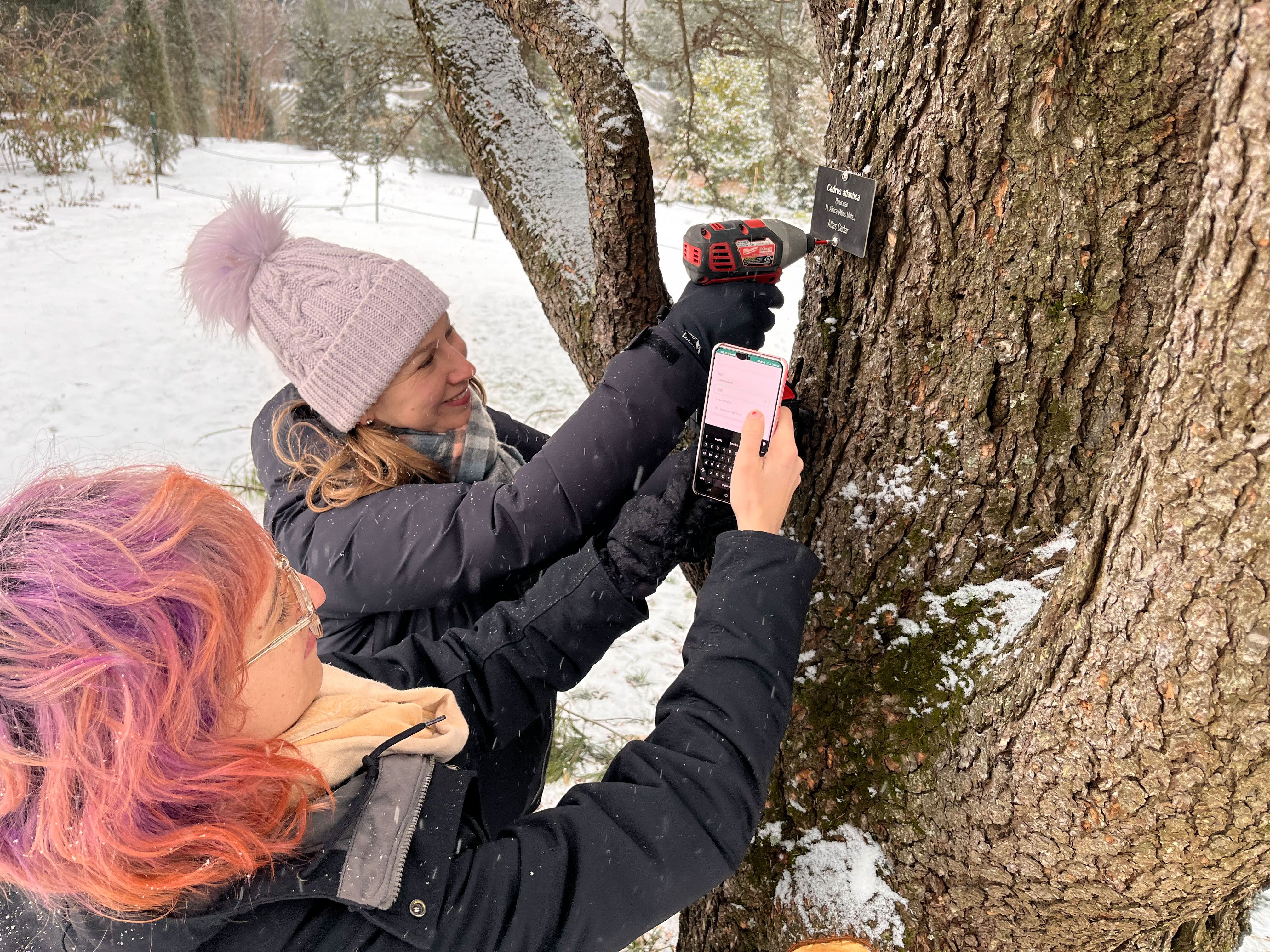
Making Plant Records Useful Again: A Wave Hill Success Story
In the latest installment of our blog post series, we delve into the Hortis success story at Wave Hill, a renowned public garden nestled in Riverdale, Bronx, NY. Authored by Wave Hill staff (Jess Brey, Ruth Rea Howell Senior Horticultural Interpreter, and Steven Conaway, PhD, Associate Director of Horticulture), the article details the transformative journey undertaken by Wave Hill in resurrecting their plant records.


Hortis for Education: Nurturing the Next Generation of Botanists
Botanic gardens have long been hailed as the guardians of biodiversity, preserving our planet's plant species for future generations. Among the myriad challenges, one often overlooked aspect is the power of education in fostering a broader understanding and appreciation of the world of plants.

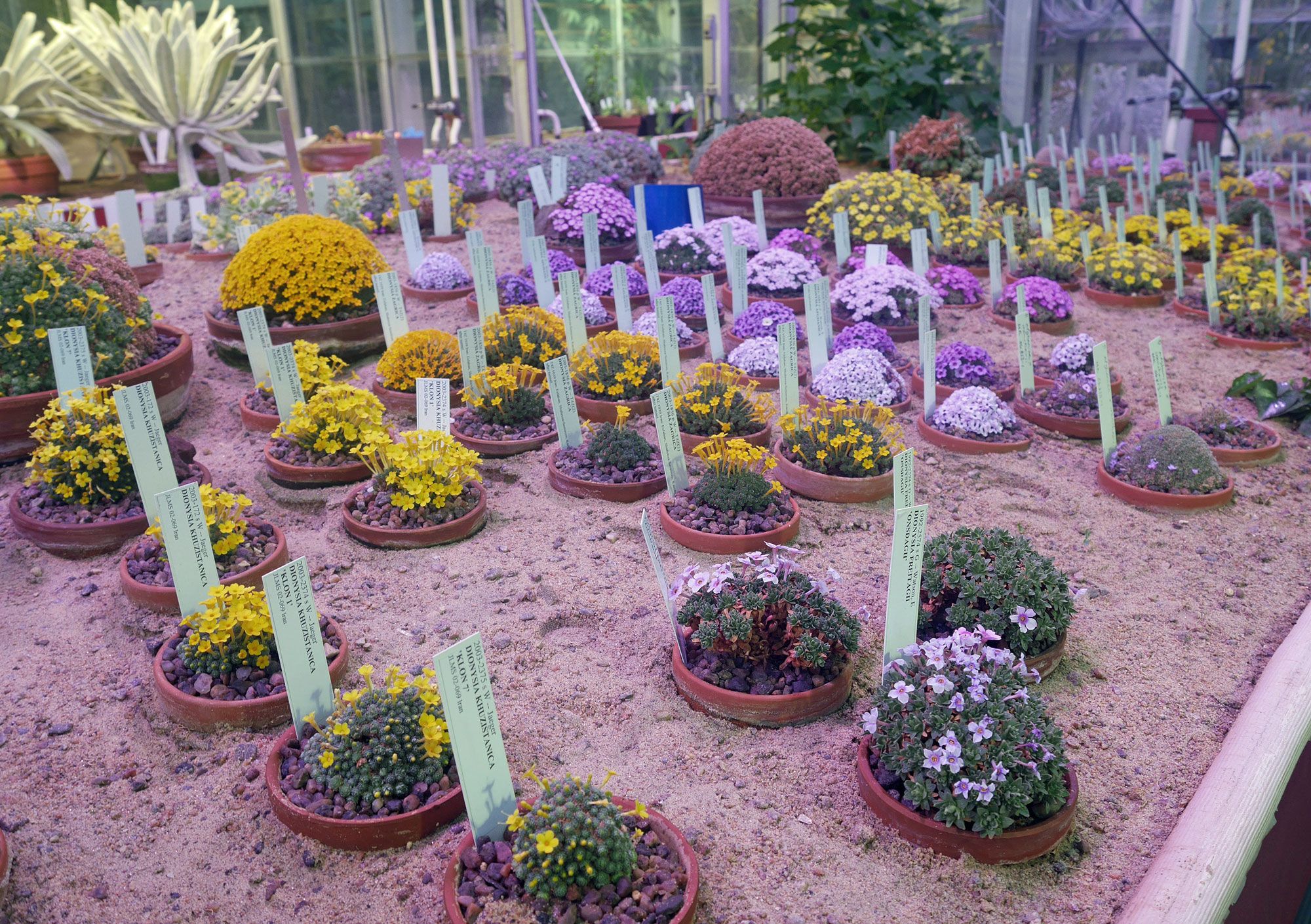
How Botanic Gardens Are Preserving Biodiversity
Plant biodiversity sustains our lives, from the food we eat to the clothes we wear, the medicines we take, and the air we breathe. Yet, biodiversity is being lost at a rapid pace with two in five plant species at risk of extinction worldwide. What role can botanic gardens play in safeguarding the future loss of biodiversity?


Newsletter: September 2024
This month, we're thrilled to announce the introduction of a more efficient and enjoyable mapping experience with the option for users to draw their own beds directly in Hortis— Botanical GIS is finally here. We're also excited to participate as sponsors at two October events: the upcoming American Public Garden Association Plant Collections Symposium in Chicago and the Annual Association of Zoological Horticulture Conference in Phoenix.

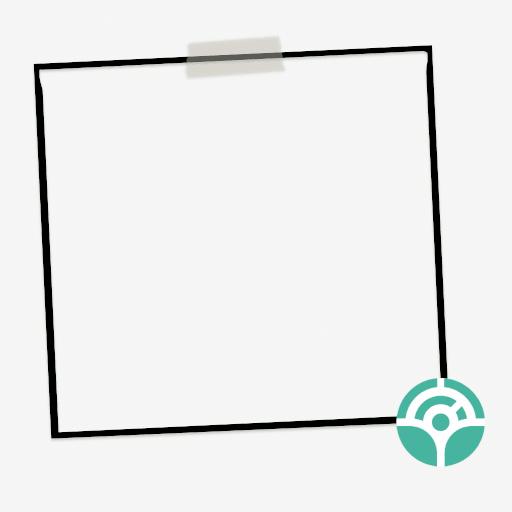
Wishing all our valued Hortis subscribers a very Happy New Year! 🎉
As we welcome 2024, we would like to take a moment to express our gratitude for your continued trust and support. We are proud to have been a part of your record-keeping journey, no matter your mission.


Newsletter: November 2023
In November, we introduced trash pages to give you more confidence in deleting and retrieving records. We've also made technical progress behind the scenes with extending shared taxonomy to species level, which we expect to be released soon. Read on to learn more about how to use the trash pages, and to learn about our special webinar for the BGANZ and Pacific Coast community.


Newsletter: October 2023
October has been a busy month for the team and we released several noteworthy updates – from data tables, donor/supplier autocomplete, and identification fields – each of which is designed to help you be more productive and accurate in your record keeping.

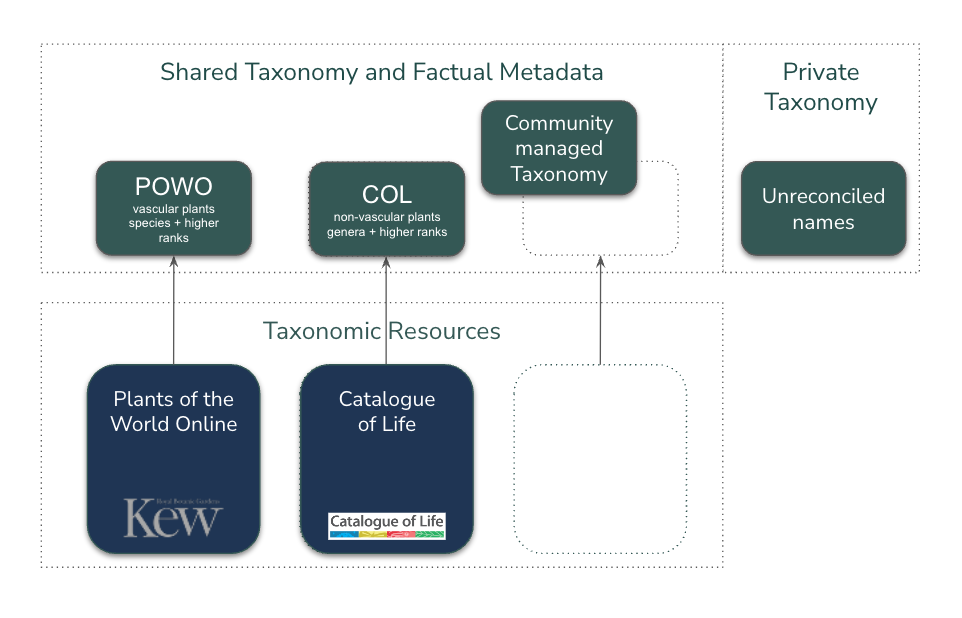
Plant Records Webinar: Keeping Up With Plant Names & the Impact of Shared Taxonomy
Do you struggle to keep pace with changing plant names and the challenges of plant taxonomy? Don't miss our upcoming webinar, where we’ll discuss how to stay current with plant names and how shared taxonomy might impact your daily record-keeping workflows.


Newsletter: September 2023
As the seasons shift, our commitment to enhancing your experience in Hortis remains unchanged. In September, we introduced two big features, shared higher ranking taxonomy and interpretation fields, that have a huge impact on the community. Read more about these below.


Plant records and more: Sculpture by the Lakes achieves prestigious botanic garden accreditation
In our third blogpost in a series commemorating the achievements of Hortis gardens, we travel to the UK, where Sculpture by the Lakes in Dorset joins just 83 gardens worldwide with official Botanic Garden status.


Newsletter: August 2023
While the summer continues in the northern hemisphere, our team at Hortis has also taken a brief respite to recharge. In August, two new features were released that enable you to record mass plantings, and set your personal and organisational profile photos.


Newsletter: July 2023
Our engineering team has grown, and so has Hortis – bringing you a host of new features based on your feedback. This month, we introduced enhanced tag filtering, user deactivation, support for recording IPEN numbers, and the ability to load custom maps. Read more about July’s highlights and how they can help your garden.

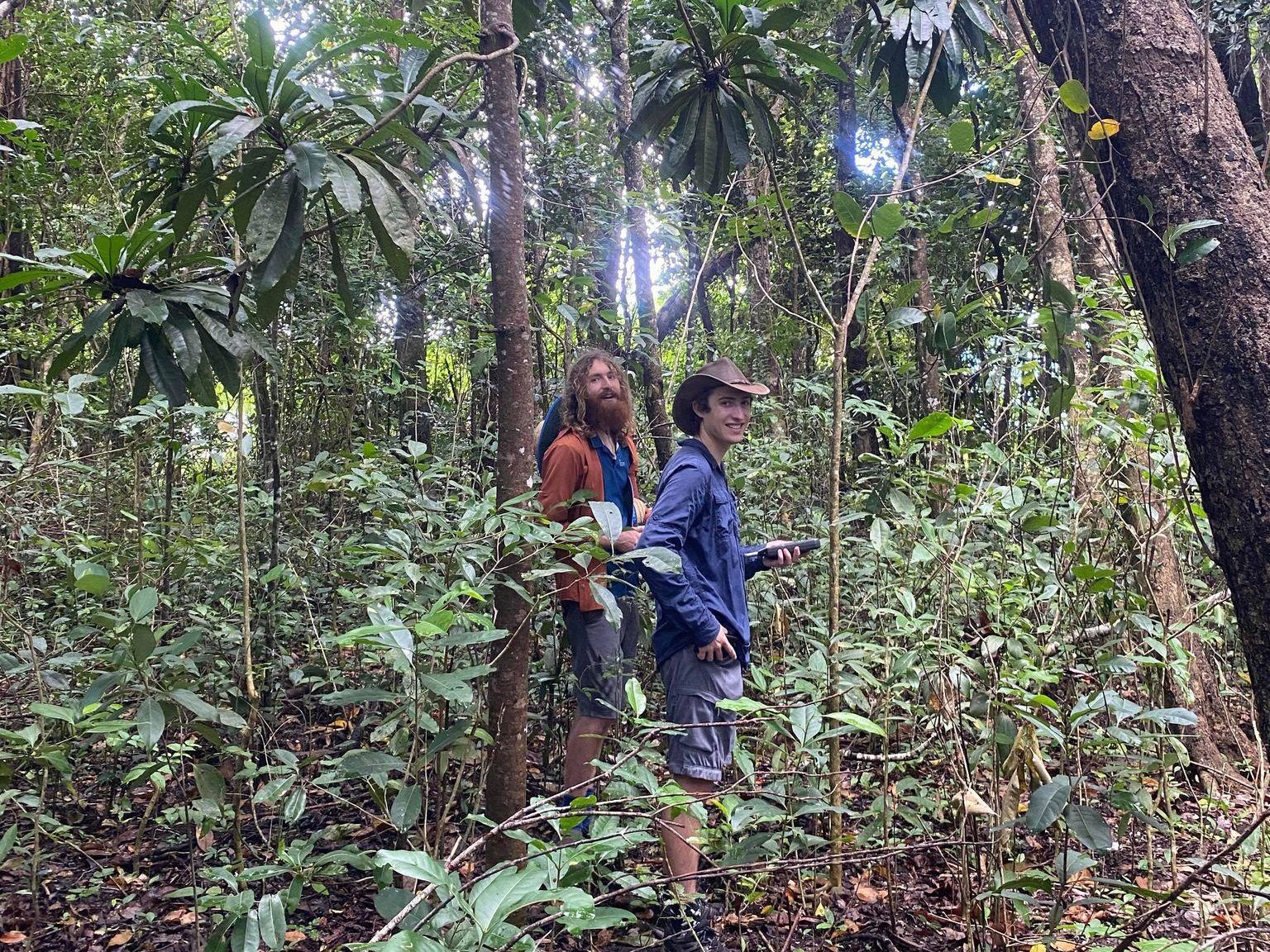
Paving the way to a world-class botanic garden: James Cook University's Hortis Success Story
In this second instalment of our blogpost series, we continue our journey into the remarkable successes of Hortis gardens worldwide. Today, we hear from Brandan Espe, Environmental Officer/Supervisor, Grounds at James Cook University in Queensland, Australia, about the power of accurate record-keeping and its profound impact on their collection management.


Newsletter: June 2023
Taxon tagging, several improved map flows, and the ability to create new sites were all features released in June. We continue to make improvements, and this month’s mapping focus has opened up a number of powerful ways to manage your collection directly from the map. Read more about June’s highlights below.

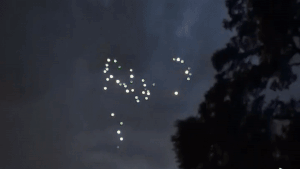
Hortis at the 2023 APGA annual conference
Earlier this month, we were very excited to have the opportunity to join the annual American Public Gardens Association (APGA) conference in Fort Worth, Texas.


Newsletter: May 2023
The improved handling of taxonomy in Hortis was this month’s star, allowing gardens to start recording supplemental taxonomic data for their plant collection. We also launched our new referral program, giving you the opportunity to earn discounts by introducing other institutions to Hortis.


Plant Records Webinar – Kickstarting your plant records inventory
Inventorying your collections at regular intervals is crucial to ensure that you have reliable plant records data. Our last webinar covered this important topic with three case studies from The Dawes Arboretum, Utrecht University Botanic Garden, and Tohono Chul.


Newsletter: April 2023
In April, our team focused on enhancing the user experience and unveiled our brand-new logo, carefully crafted to reflect our values and mission. Read more about April’s highlights below.


Newsletter: March 2023
In March, we added features to help make managing your plant collection even easier. This includes an enhanced dashboard with team activity, easier tag management with filters, and the ability to filter plant materials based on their condition.


Species360 and BGCI Join Forces to Protect Plant Biodiversity
Recognizing the critical need for urgent plant conservation efforts, Species360 and BGCI have partnered to address the global loss of plant species and habitats. The two non-profit organizations signed a Memorandum of Understanding this month, which will foster collaborative efforts between Species360, BGCI and global botanical gardens to protect plant diversity.


Transforming Record-keeping: Tohono Chul’s Hortis Success Story
Our new blogpost series focuses on the successes of gardens around the world. We invite Hortis gardens to share their experiences with the community, and to help inspire more gardens to improve their record-keeping.


Newsletter: February 2023
In February, we continued making improvements throughout Hortis. With our new map preview, you can map positions while accessioning, as well as view the location of your material on the individual record. We also released the ability to delete unwanted bed locations. Read more about February’s highlights below.

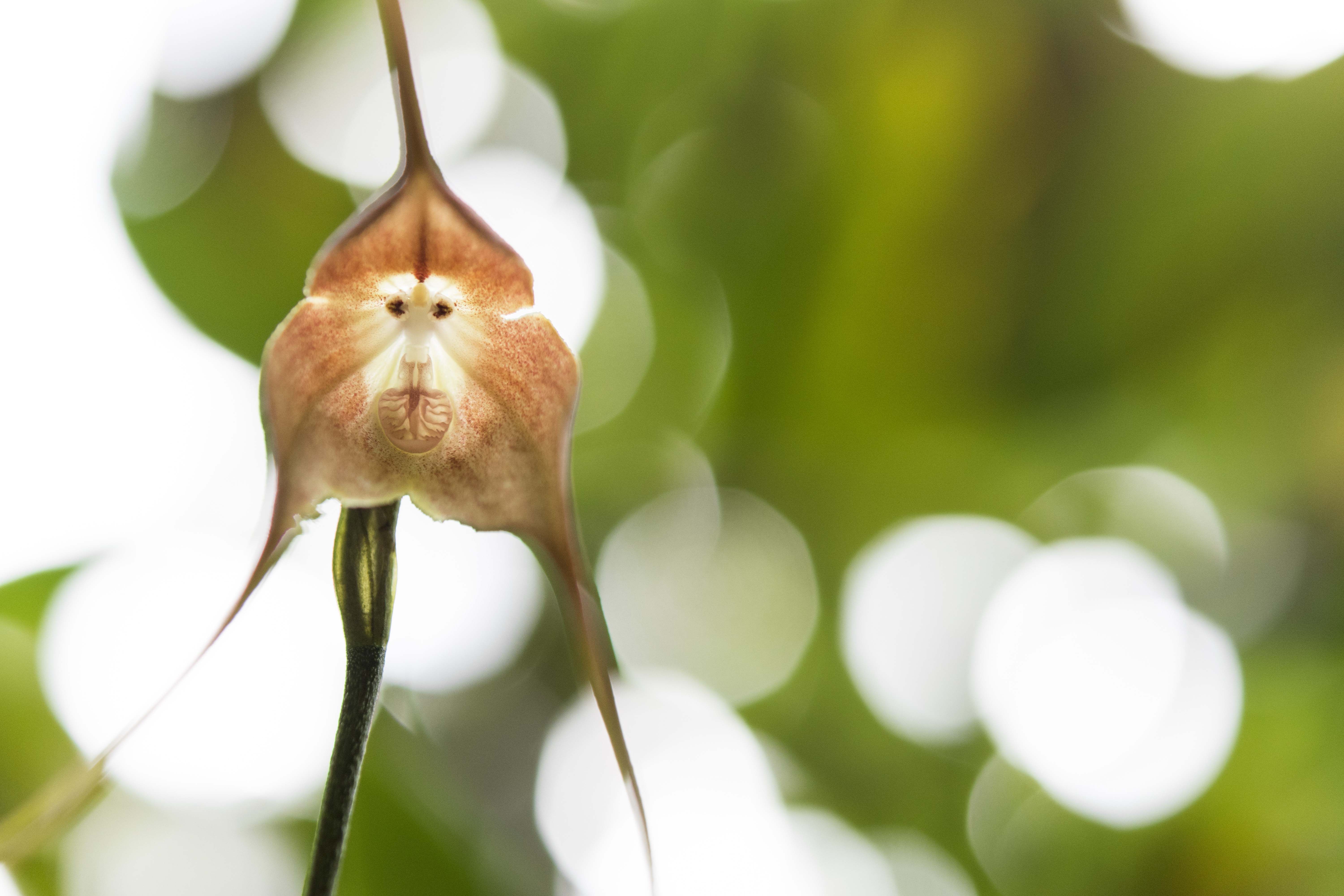
Hortis × Species360: Questions and Answers
Earlier this year, the Hortis team joined Species360 to broaden their product portfolio to include botanical record-keeping.On February 1st, we hosted two webinars to share more information about what this means for the zoological and botanical communities and its collective impact on species conservation. Over 350 registrants from 27 countries joined us to learn about this coming-together and our plans for the future.


Newsletter: January 2023
The Hortis team kicked off 2023 by joining Species360. Thanks to your valuable feedback, we made some requested improvements and deployed a couple of new features. These included accession sorting and filtering, joining and leaving collection sites, and the ability to change your organisation name. Read more about January’s highlights below.

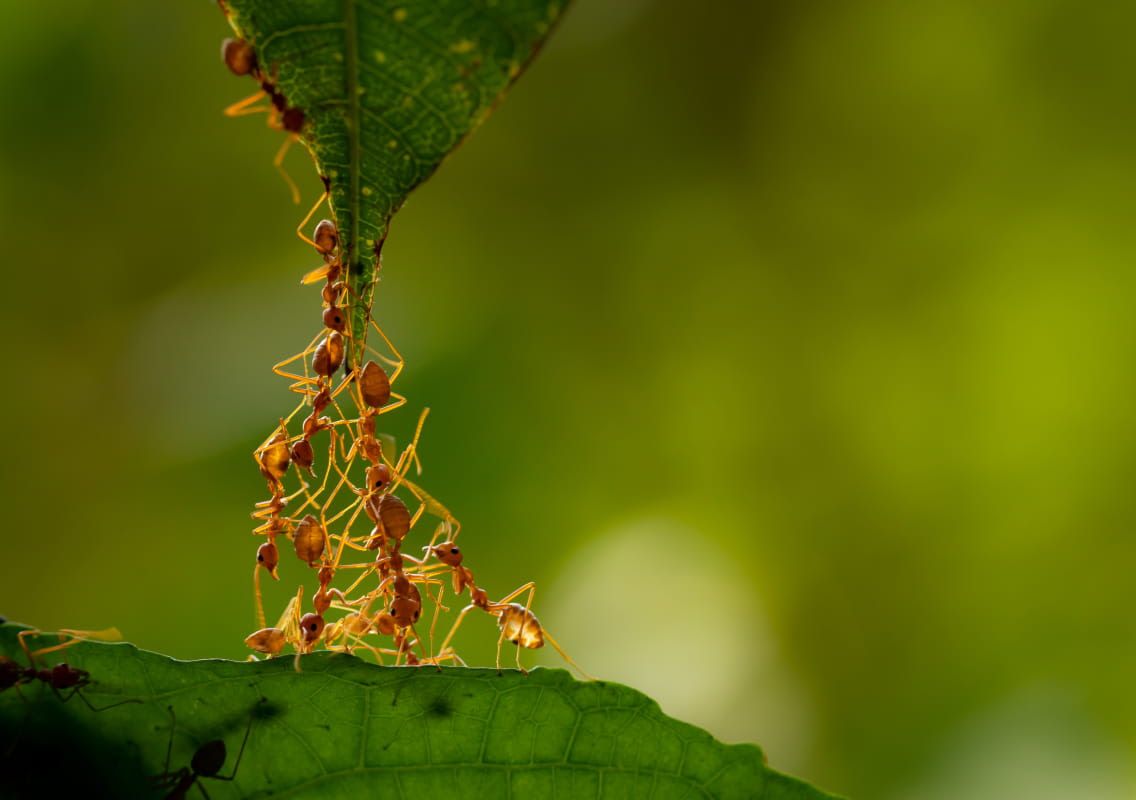
Exciting news: The Hortis team joins Species360
Species360 is pleased to announce the addition of the plant collection platform Hortis to our product portfolio. Based in the UK and the Netherlands, the team developing Hortis will continue their exciting work together with the software engineers and conservation scientists at Species360.


Newsletter: November & December 2022
We concluded the last two months of 2022 with some hotly-requested features from the community. Now you can create tags for your records, manage your members’ permissions, and start creating more powerful maps with filters.


Best wishes from the Hortis Team
As we approach the end of 2022, we would like to thank all our members for their continued support. 2022 has been a very exciting year for us at Hortis, we started onboarding the first users in late 2021 and now have gardens using the product on 5 continents.


Newsletter: October 2022
With a busy conference season and new gardens joining every week, we have saved up two months’ worth of highlights to share with you. During September and October we introduced advanced plant material filters and made significant overall improvements across the whole app. We also released our brand new Hortis.com website.


Hortis at the 7th Global Botanic Garden Congress
Under the tagline “Influence & Action: Botanic Gardens as Agents of Change”, 500 delegates from 38 countries came together in Melbourne to explore how botanic gardens can play a greater role in shaping our future.


Newsletter: August 2022
In August, we introduced plant material condition and follow-up cycles, our new billing page, and more depth to existing features. This includes the ability to download your plant material data.


Newsletter: July 2022
In July, we released the activity log for accession records, added the ability to update your collection sites, and enabled greater control over the photos you upload.

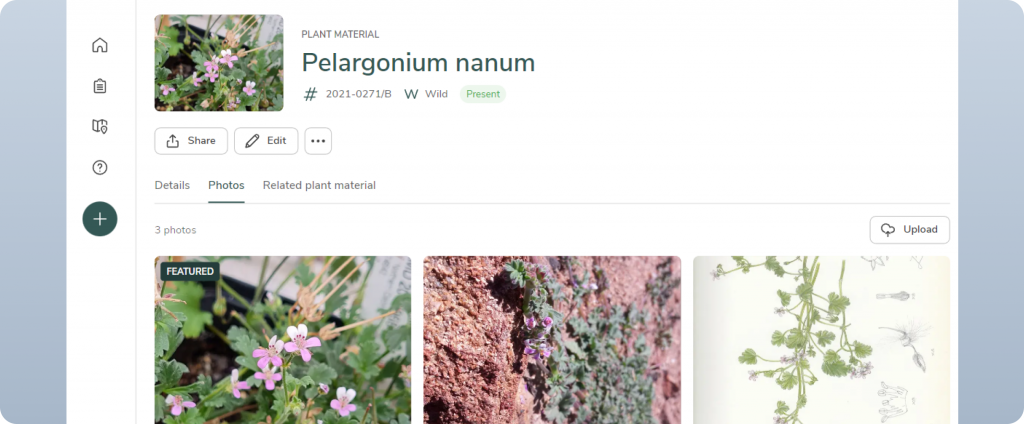
Hortis 1.0 launched at EuroGard and APGA 2022
For more than a decade, Botanical Software has helped botanic gardens around the world with plant collection management tools, meeting garden staff at conferences, and listening to what you are struggling with in relation to your plant records.


Newsletter: June 2022
In June, our focus was on finalising mapping and photos, among the most requested features, so they could be made available to all users. We also had time to add a number of other useful capabilities, including the ability to delete accessions and plant materials, and show the full audit log for updates to plant material records.


Newsletter: May 2022
May’s edition of “What’s New In Hortis” includes the arrival of images, deaccessioning, and inviting new team members to access your collection. We have also enhanced our mapping capabilities and made a number of bug fixes. Read more about our top picks below and take the time to read the “Tip of the month” at the end of the article.


Newsletter: April 2022
In April’s “What’s New In Hortis”, our headlining feature highlight is the arrival of mapping capabilities. Also featured is the new Settings page to manage your site’s locations, as well as the ability to enter custom accession numbers. Read more about our top picks below.


Newsletter: March 2022
March is upon us, and in this month’s “What’s New In Hortis”, our feature highlights include improved scientific name search, the ability to add new site locations, and a redesigned Settings page structure. Learn more about selected picks from March below.


Newsletter: February 2022
In February’s edition of What’s New In Hortis, our feature highlights include a comprehensive audit trail for all plant collection records, a new plant material status filter, and access to experimental features. Learn more about our selected features below.


Newsletter: January 2022
We are very excited to share our first monthly What’s New In Hortis update with you. With the Hortis platform, our engineers are able to deploy new features at a high rate without you needing to take any action. This means that users all over the world will always have the latest version on their smartphone, tablet and pc.

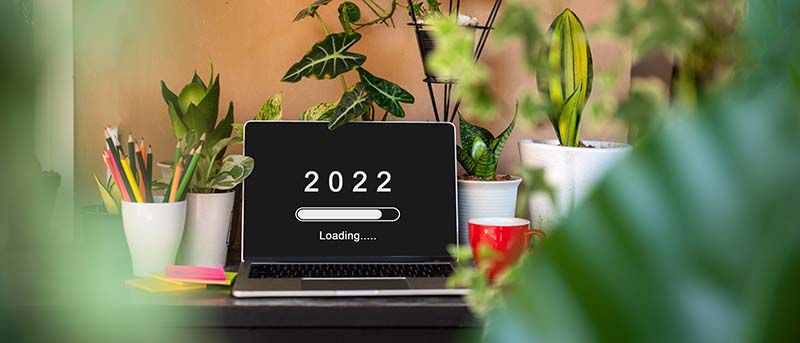
Best wishes from the Hortis Team
As we approach the end of 2021, we would like to take the opportunity to thank all of you who have in some way helped us to better understand the community of botanic gardens. In our quest to improve and make life easier for all of you, your contributions and input are vital for us, so a heartfelt thank you goes out to you all.


Plant Records Webinar – Image Management And The Bigger Picture
In many regions of the world, more than 75% of the population has a smartphone. Consequently, with the technological advancements in smartphone photography, most people have a very good camera within easy reach. Is it thought that since 2010, digital camera sales have dropped by 87% and smartphone sales have increased by 600% in the same period.

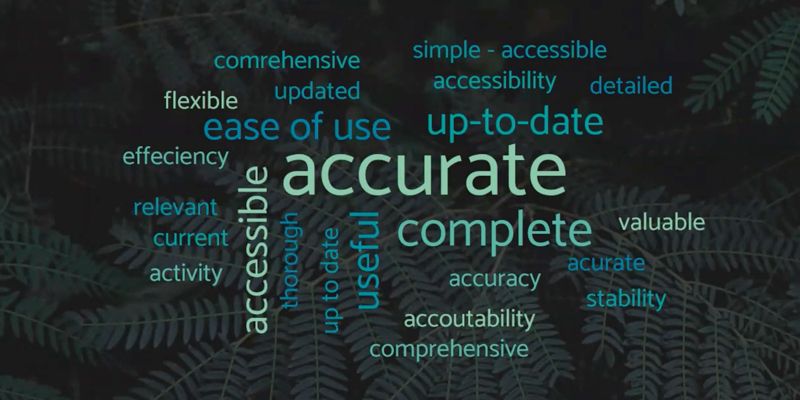
Plant Records Webinar – Healthy Plant Records: Are they achievable?
A healthy plant records database is vital for the effective management of a plant collection. With a neglected database, there are increased chances of running into a series of problems and underutilisation of your collection.

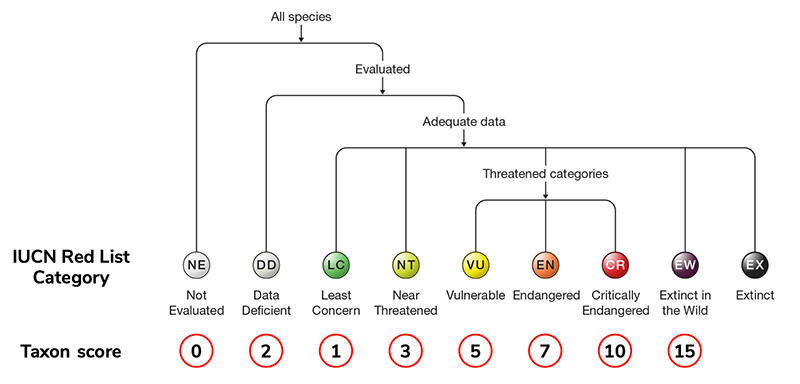
Plant Records Webinar – Collection Value Scoring
Our last webinar on the 12th of August was all about Collection Value Scoring. No matter the mission and focus of your garden and collection, there is always the question of how you can better understand and communicate the value of your plant collection.

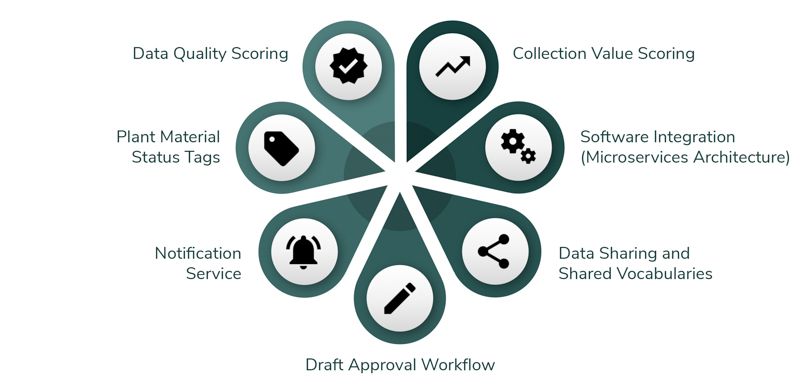
Hortis: How We’re Rethinking Plant Records
n June, we launched Hortis, our next generation plant collection platform. This was announced at our sponsored workshop during the virtual annual American Public Gardens Association conference. We were pleased that the event, titled “Rethinking Plant Records”, was fully booked with 60 delegates.

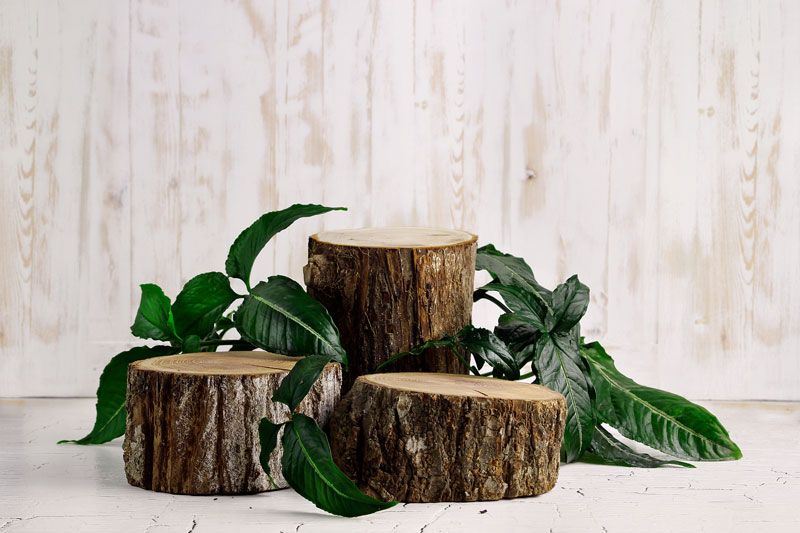
Floria Handheld update and Upcoming Webinar on Collection Value Scoring


Can technology improve collaboration?
In botanic gardens and collection management, we often find that fruitful collaboration can play a vital role in the garden’s pursuit to reach its goals. The importance of having the ability to innovate and adapt in our industry cannot be overstated. We are continuously presented with exciting new innovations, many of which can radically change the way we perceive actions and processes.


Augmented Reality: Is this the Future of Plant Records?
The Plant Records Webinar series kicked off on Thursday 3rd December with Dr Waheed Arshad discussing the exciting future of Augmented Reality (AR) in the context of plastic-free plant labelling, botanic garden visitation and the communication of plant collections.
